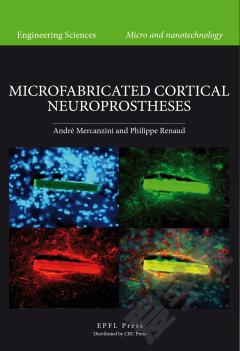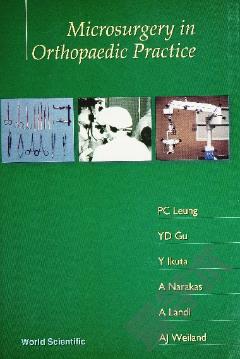Microfabricated Cortical Neuroprostheses
The use of neural implants for stimulation and recording show excellent promise in restoring certain functions to the central nervous system; and neuroprostheses remains one of the most important tools of neuroscientists for the elucidation of the brain's function. Ailments such as Parkinson's disease, obesity, blindness, and epilepsy are being studied from this angle. Development of better electrodes for recording and stimulation is therefore critical to ensure continuing progress in this field. This book addresses one of the main clinical complications with the use of electrodes, namely the reaction of the neurological tissue in the immediate vicinity of an implanted device. The authors describe new techniques for assessing this phenomenon, as well as new microfabrication techniques to impede the inflammatory response of the brain. Inflammation can adversely effect these devices, limiting their lifetime and reducing their effectiveness. The measurement protocols and improved fabrication protocols described within these pages will become standard tools in the future of neuroprostheses.
{{comment.content}}








 京公网安备 11010802027623号
京公网安备 11010802027623号